Do you know why the sky looks blue?
Light from the sun is made up of all the colours of the rainbow. A rainbow in the sky is formed when sunlight is refracted and dispersed in drops of rain or mist which splits the white light into its constituent colours. Red light has the longest wavelength and blue the shortest.
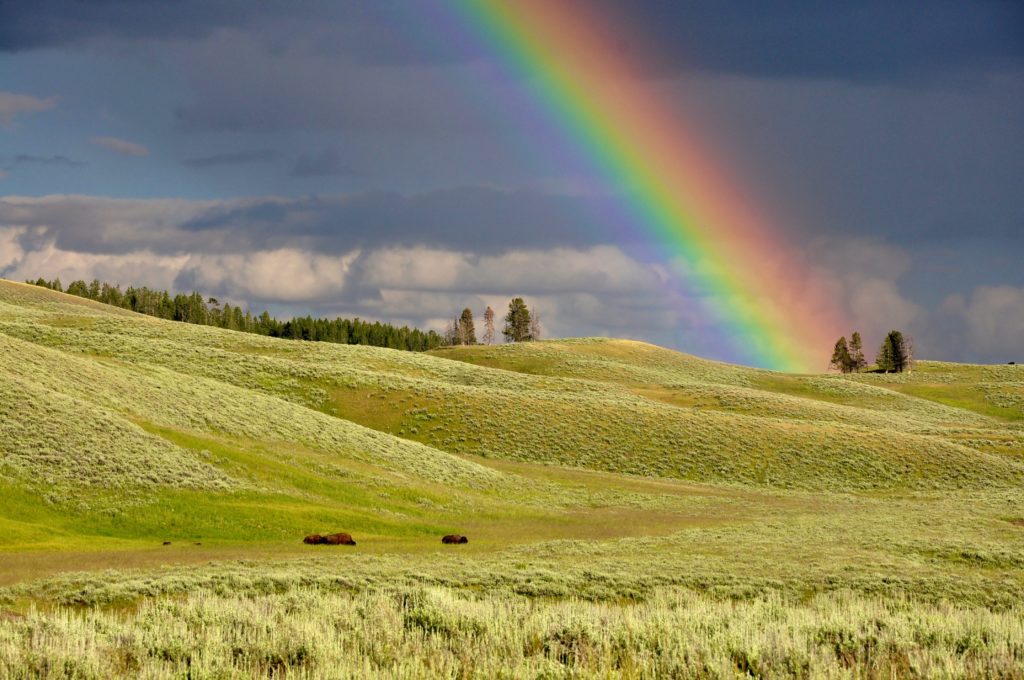
Why is the sky blue?
Light always travels in straight lines unless something gets in its way. The Earth's atmosphere ( made up of a mixture of gases ) scatters light. Longer wavelength colours pass straight through the atmosphere, but blue light with its shorter wavelength is scattered and reflected back to our eyes, making the sky look blue!
Now you know why the sky is blue!!
What is a spectrum?
A spectrum is a band of colours formed when light is split into its component colours.
How do you split light?
Light can be split using a prism. You can usually see rainbows refracted in bubbles and through sprays of water too!
The seven colours of the spectrum are listed below in order of frequency. listed in order of their frequency. Red has the lowest frequency.
Frequency is the number of waves per second and is measured in Hertz.
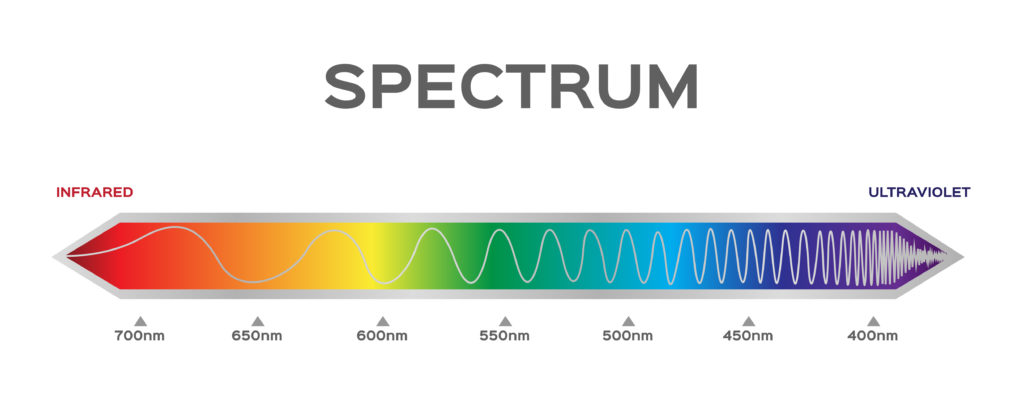
red
orange
yellow
green
blue
indigo
violet
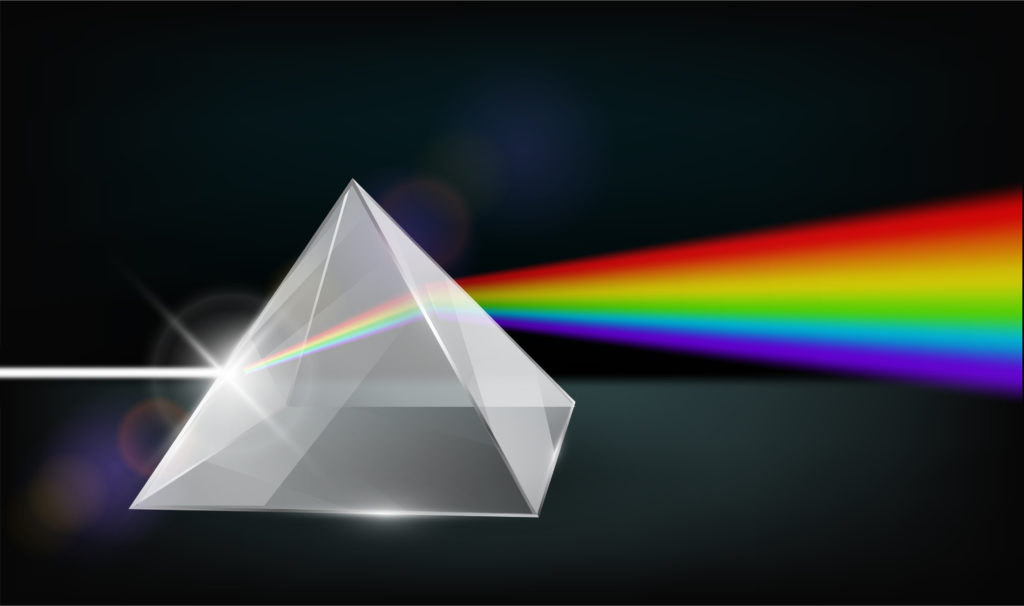
How to make a rainbow
You can make a rainbow at home using a prism, hosepipe or a mirror if it's not a sunny day.
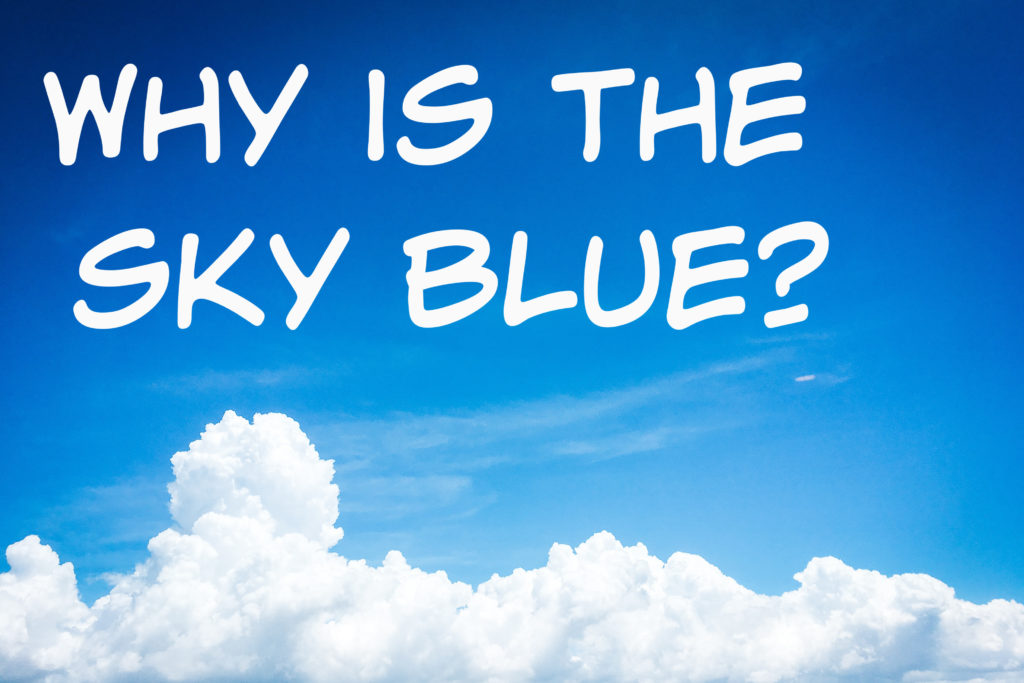
Still feeling curious? Check out out other science questions for kids!
Last Updated on October 5, 2020 by Emma Vanstone
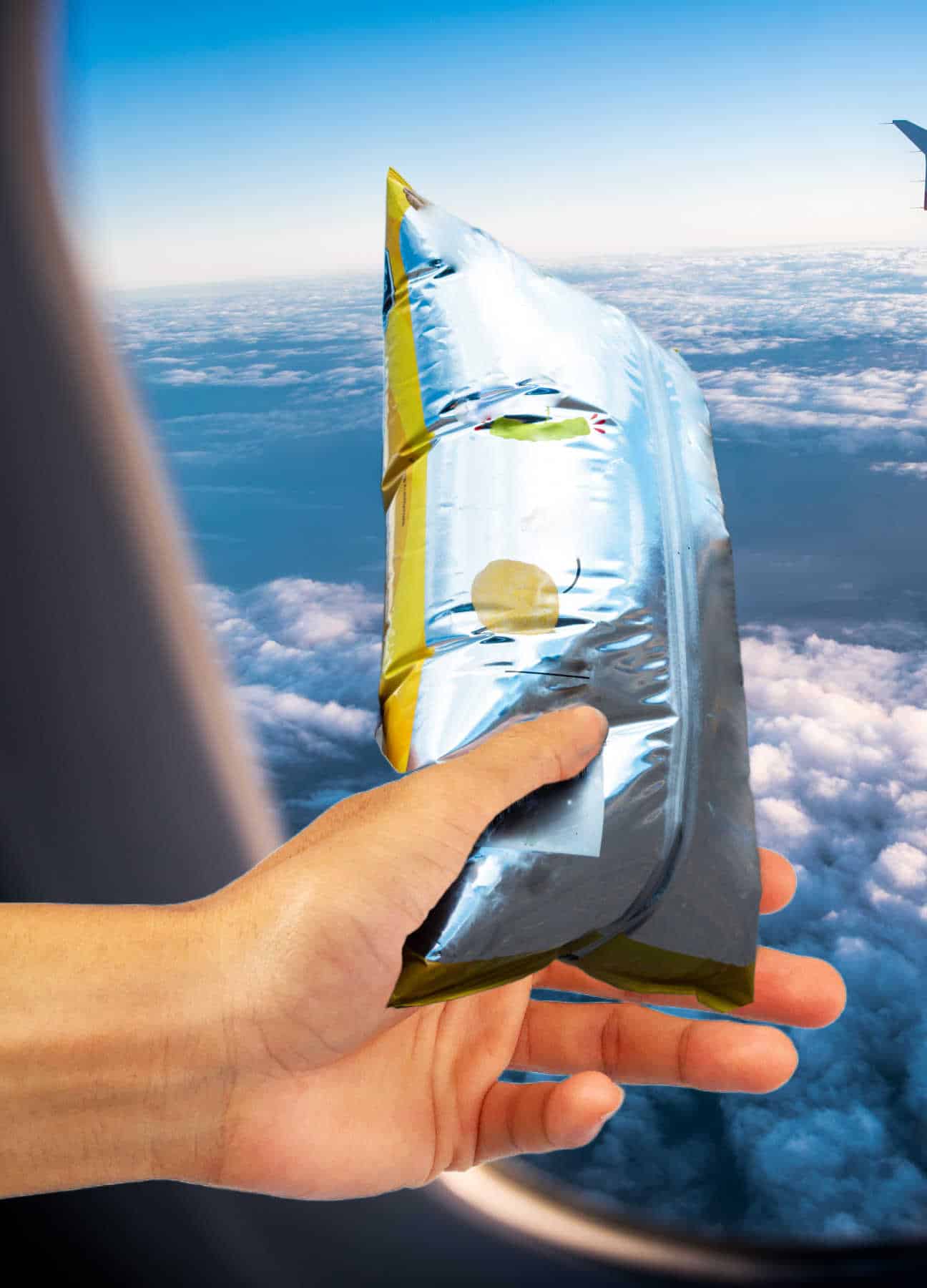
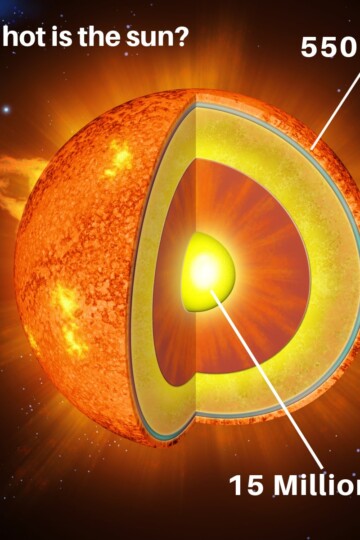
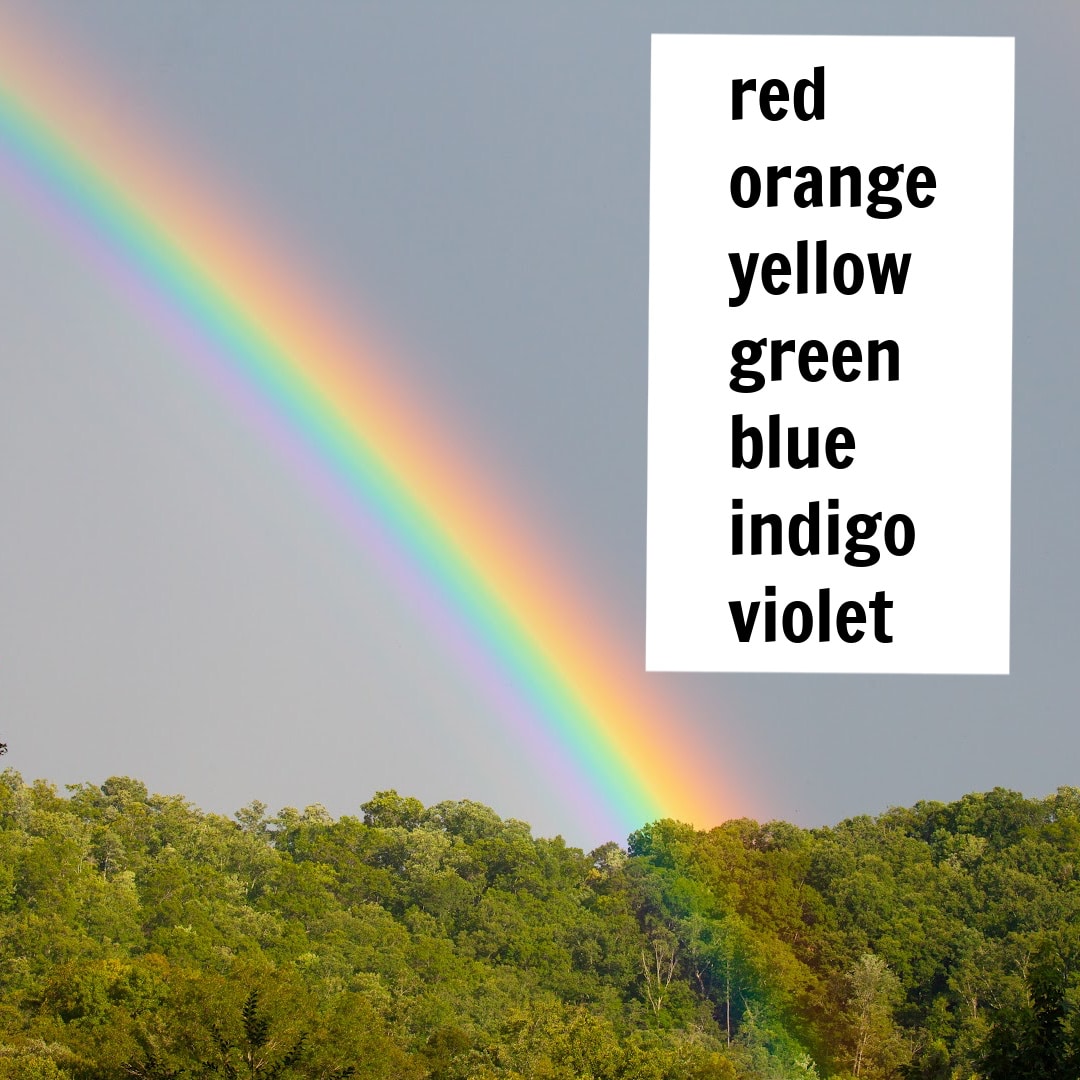
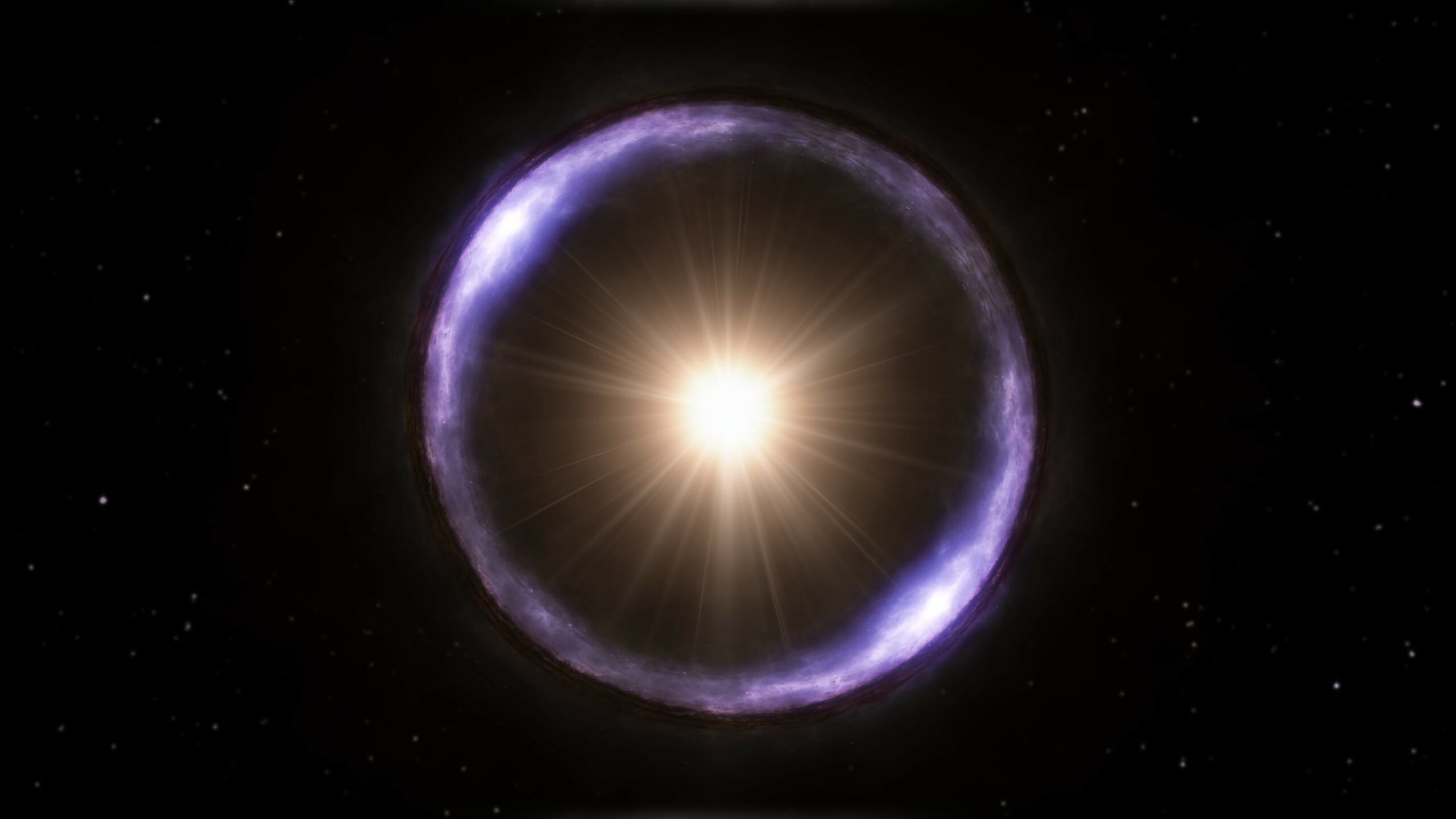
Leave a Reply